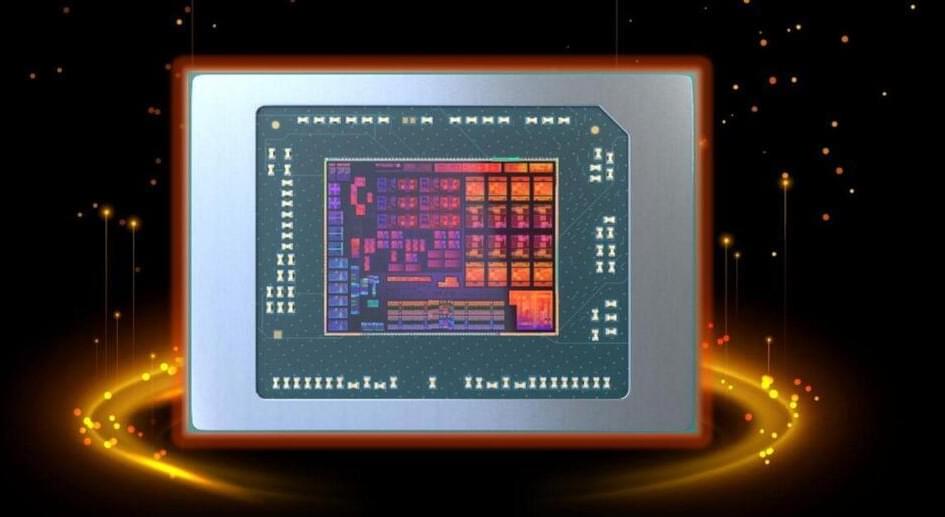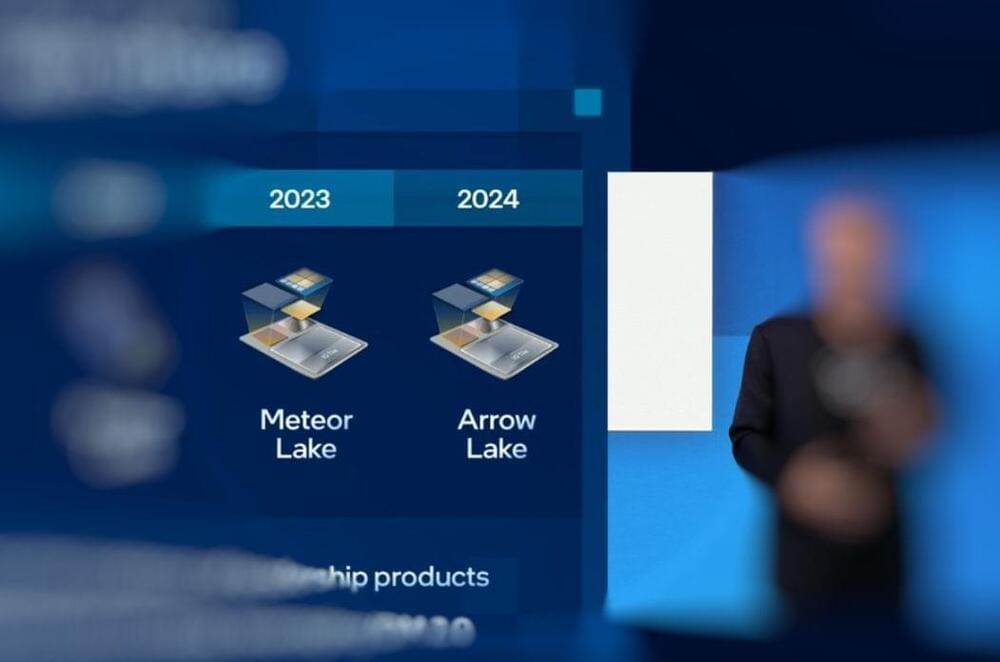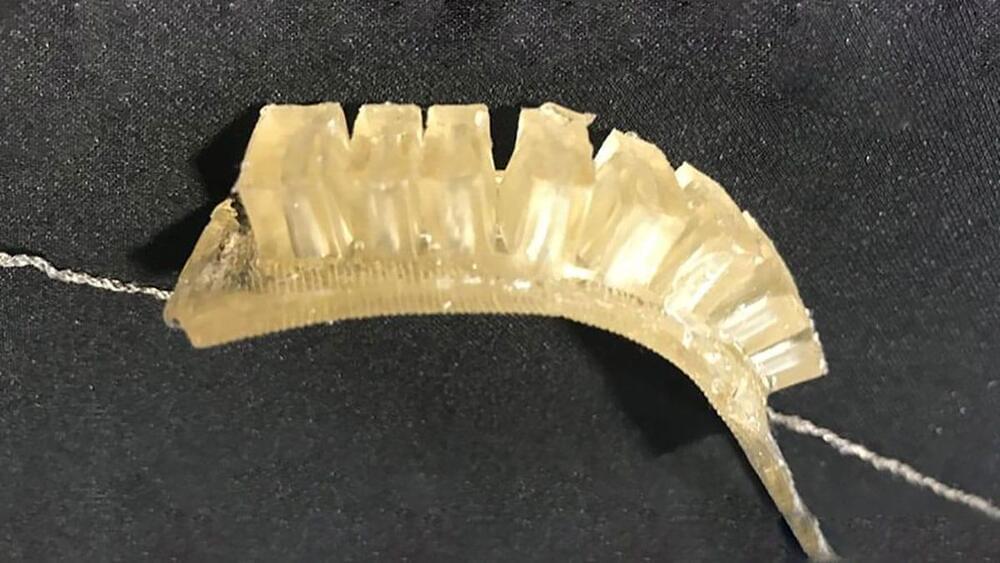The retinal-implant manufacturer has shifted its focus, leaving users with little or no support.


The microphone is a pretty ubiquitous piece of technology that we’re all familiar with, but what if you’re not looking to record audio in the air, and instead want to listen in on what’s happening underwater? That’s a job for a hydrophone! Unfortunately, hydrophones aren’t exactly the kind of thing you’re likely to find at the big-box electronics store. Luckily for us, [Jules Ryckebusch] picked up a few tricks in his 20-year career as a Navy submariner, and has documented his process for building a sensitive hydrophone without needing a military budget.
Fascinated by all the incredible sounds he used to hear hanging around the Sonar Shack, [Jules] pored over documents related to hydrophone design from the Navy and the National Oceanic and Atmospheric Administration (NOAA) until he distilled it all down to a surprisingly straightforward build. The key to the whole build is a commercially available cylindrical piezoelectric transducer designed for underwater communication that, incredibly, costs less than $20 USD a pop.
The transducer is connected to an op-amp board of his own design, which has been adapted from his previous work with condenser microphones. [Jules] designed the 29 × 26 mm board to fit neatly within the diameter of the transducer itself. The entire mic and preamp assembly can be cast inside a cylinder of resin. Specifically, he’s found an affordable two-part resin from Smooth-On that has nearly the same specific gravity as seawater. This allows him to encapsulate all the electronics in a way that’s both impervious to water and almost acoustically transparent. A couple of 3D-printed molds later, the hydrophone was ready to cast.


For something so small, neurons can be quite complex—not only because there are billions of them in a brain, but because their function can be influenced by many factors, like their shape and genetic makeup.
A research team led by Daifeng Wang, a Waisman Center professor of biostatistics and medical informatics and computer sciences at the University of Wisconsin–Madison, is adapting machine learning and artificial intelligence techniques to better understand how a variety of traits together affect the way neurons work and behave.
Called manifold learning, the approach may help researchers better understand and even predict brain disorders by looking at specific neuronal properties. The Wang lab recently published its findings in two studies.
Award Helps Move Cost-Effective, Productive, Robust Wave Energy Design a Step Closer to Commercialization and Widespread Use
In 1974, Stephen Salter, a professor at the University of Edinburgh, sent his “ducks” into the Scottish seas, launching the world’s first major wave energy project. But the ocean’s rough heaves and surges proved too much for his house-sized, floating generators. Like the more recent Pelamis’ P-750 model and Aquamarine’s Oysters, they succumbed to the power they were meant to harness.
“We have to ask ourselves,” said Krish Thiagarajan Sharman, the endowed chair in renewable energy at the University of Massachusetts Amherst, “why have we been working on this for so long? Why don’t we have grid-ready, commercial-scale wave energy systems out in the world?”

Chip crisis? What chip crisis?
AMD has finally lifted the lid on its Ryzen 6,000 series mobile chips and the core 6nm design is far more than just an optical shrink. The resulting “massive increase in yield” means far more CPUs spilling out of TSMCs foundry, which can only help an industry in a chip supply crisis.
These Zen 3+ CPUs are going to be making their way to gaming laptops soon, and promise great things for notebooks this year. Intel’s Alder Lake mobile CPUs are also going to be dropping at the same time, plus we’ve got Nvidia’s mobile 3,070 Ti and 3,080 Ti to look forward to as well. If you’ve been putting off getting a new mobile gaming machine, then your patience should pay off nicely.

For the first time, Intel confirmed Arrow Lake will succeed Meteor Lake as a client product (Intel Core series). This is a 2024 product that will most likely utilize the same platform as Meteor Lake. The company plans to market Arrow Lake as the 15th Gen Core series, which confirms a year-to-year product release for consumers.
Intel Arrow Lake will utilize three process nodes: Intel 4, Intel 20A, and External N3 technology. For Lunar Lake, which supposedly launches in 2024+ (so 2025?), the company confirmed it will utilize Intel 18A and unnamed external technology.
Top marketplaces facilitate epic amounts of theft and wash trading, scams are rampant, and the cringe is unbearable. Can it last?

Soft sensing technologies have the potential to revolutionize wearable devices, haptic interfaces, and robotic systems. However, most soft sensing technologies aren’t durable and consume high amounts of energy.
Now, researchers at the University of Cambridge have developed self-healing, biodegradable, 3D-printed materials that could be used in the development of realistic artificial hands and other soft robotics applications. The low-cost jelly-like materials can sense strain, temperature, and humidity. And unlike earlier self-healing robots, they can also partially repair themselves at room temperature.
“Incorporating soft sensors into robotics allows us to get a lot more information from them, like how strain on our muscles allows our brains to get information about the state of our bodies,” said David Hardman from Cambridge’s Department of Engineering the paper’s first author.
How many Dyson Spheres, a hypothetical energy source, could be built around stars in the Milky Way?
Researchers calculated the maximum amount of Dyson Spheres in the Milky Way in order to know what it is they did not find.